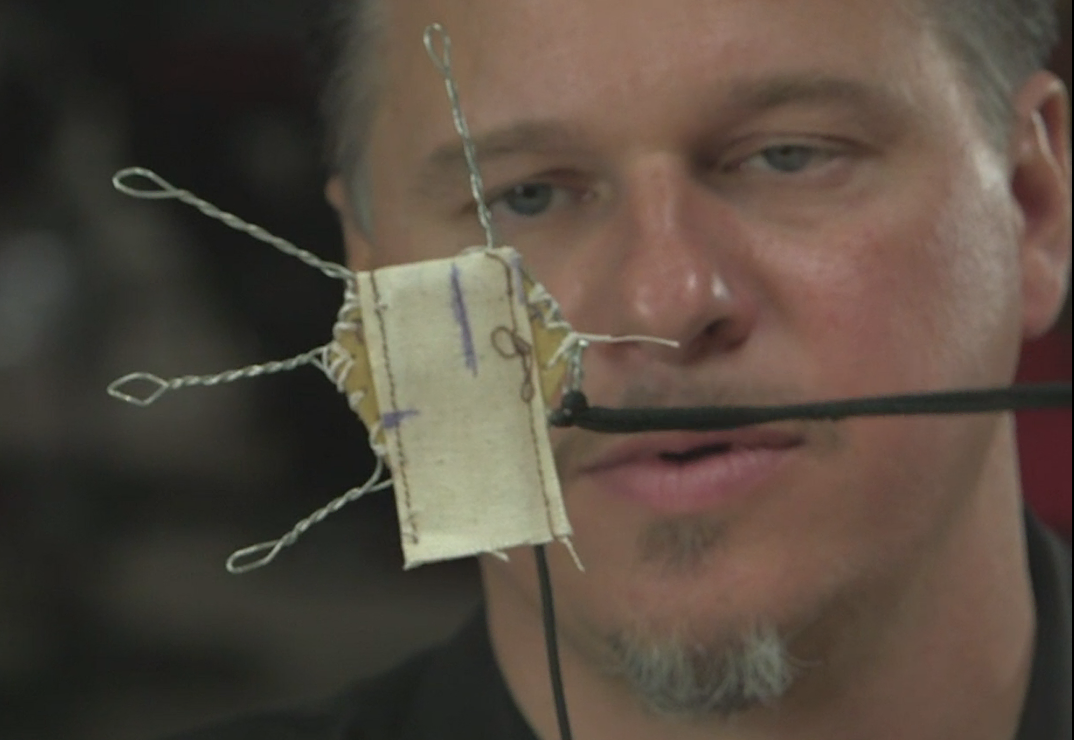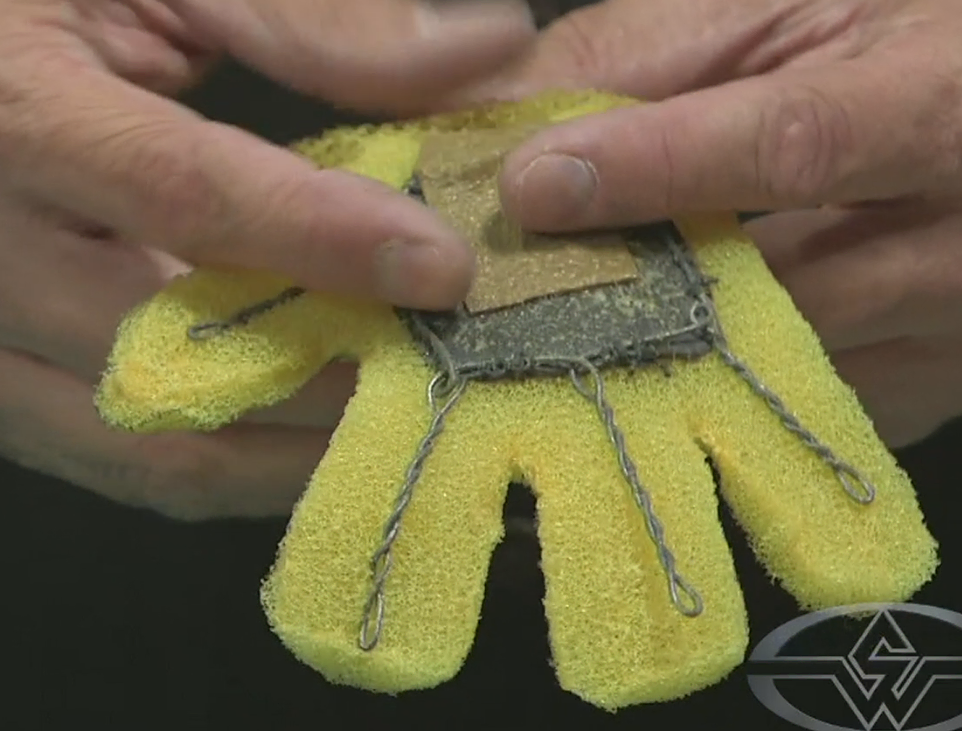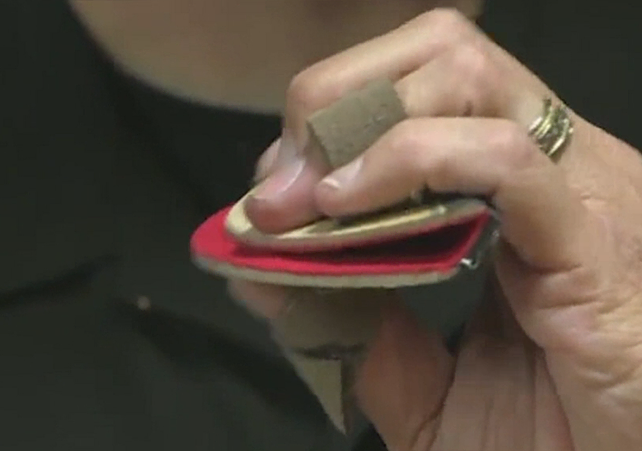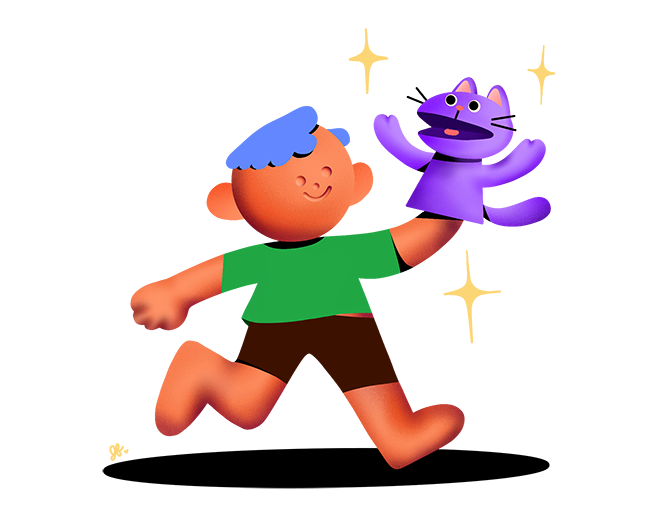What Puppets are Made of
While watching Geoff Keighley’s often-cringey video game awards show, The Game Awards, last year, there was a segment involving the Muppet Labs duo, Dr. Bunsen Honeydew and Beaker. I’m not usually a fan of The Muppets due to all the singing, but I thought it was surprisingly funny! Even more surprising was this tweet by Geoff explaining how the segment was pulled off:

That got me thinking: I have no idea how puppeteering works, or even what a puppet is made out of.
So I started searching for resources for how to build puppets. After searching through bad WikiHow articles, and video tutorials that didn’t go into nearly enough depth, I found the Holy Grail of puppet creation videos. A course called How to Build a Hand and Rod Puppet by BJ Guyer, who has actually puppeteered Dr. Bunsen Honeydew. After watching 9 hours of puppet building, here’s a general idea of what muppet-style puppets are made out of:
Muppet-type puppets are typically broken down into two types of puppets: live-hand puppets and hand-rod puppets.
Live-hand puppets use the hands of one or more actors inserted into essentially gloves that act as the puppet’s own hands. If the character needs to be doing a very tactile activity such as playing the piano or eating cookies, this is the type of hand that will be used. The main actor will usually have their right hand controlling the head of the puppet and their left hand controlling the left hand of the puppet. An additional actor will be used to control the puppet’s right hand (this is called right-handing). Sometimes, when a scene requires complex and precise movements, such as a scene with the Swedish Chef, one actor will control both hands of the puppet while another controls the head.
For full costume characters such as Big Bird, where another actor can’t control the right hand, the hand is usually stuffed and has it’s movements mirroring the left hand using a mechanism made with fishing line.
Hand-rod puppets have the puppet’s hand and arm movements controlled by a metal rod that’s inserted into the puppet’s hands. The hand rod is usually a thick metal wire painted black, with a wooden handle attached to the rod in some way. The inner structure of the hand consists of a palm made of leather or rubber, with a wire armature for the fingers and cloth pocket for the rod sewn to the palm base. The inner-workings of the hands are sandwiched between foam and glued together using rubber cement, while leaving an opening for the pocket hole on the bottom of the hand.


Before a scene starts, the hand rod is inserted into the pocket on the underside of the puppet’s hand and the metal finger wires are also posed in a desired way, such as pointing or grasping an object. Although some people claim that magnets or velcro is used to make the puppet hold objects, in the course I watched, BJ just uses double-sided toupee tape.
The performance of a hand-rod puppet is similar to that of the live-hand, in which one actor controls the head of the puppet with their dominant hand and the rod with their other. In some cases if both of the puppet’s hands need to move, the actor can either hold both rods in one hand, moving them like chopsticks, or get another actor to assist them.
There’s two types of mouths, carved foam and mouth plates.
Carved foam mouths are exactly what they sound like, the puppet's head are made of big chunks of foam, and the mouths are carved out. A carved mouth is perfect for a character like Dr. Bunsen Honeydew, whose reserved manner doesn’t need for him to show much emotion with his tiny mouth.
Mouth plates are what most puppets use. A mouthplate is a half-moon shaped disk made out of wood or rubber, with leather loops attached to it for the puppeteer’s fingers to hook into. The upper and bottom halves of the mouthplate are connected with something flexible like tape so that the mouth can open and close. In the video I watched, there’s a rectangular piece of wood connecting the top and bottom halves, to allow more range of movement so that the puppet can have an underbite and overbite.



The mouthplate is glued to the edges of the foam mouth and covered with fabric, like the rest of the puppet. Mouth plates can be made out of anything, but generally you’re either going for something rigid or something flexible. A character with a sturdy mouth plate made out of wood might not have the same amount of expression as one with a rubber mouth plate. For instance, the beloved crinkled Kermit face is possible due to his rubber mouth plate.
Of course, puppets don’t have skin, but they do sometimes have coverings. Most muppet-type puppets come in two types: “covered” foam and “exposed” foam.
If a puppet is made of reticulated foam, you’ll sometimes want to keep the spongy texture for your puppet instead of covering it up (most of the Electric Mayhem band members were originally created with this look). Before building the puppet, the foam gets bleached by the sun to lighten it, then is dyed to the desired color. You have to be careful when exposing the foam to the elements, or it could degrade much faster than an uncovered puppet.
Most puppets are covered with fabric such as “Antron” fleece or fur. “Antron” fleece comes in white, and can be dyed to any color. The fabric is laid out onto the puppet, pinned, and cut to the desired length. Because most puppets are going to be on camera, extra attention is made to hiding the seams. Fabric is stitched together using a ladder stitch, and the Antron fleece’s fuzzy texture can be scruffed up to help make the seams almost invisible.
Mechanisms are ways to add more character to a puppet by allowing movement of features such as eyelids, eyebrows, whiskers, ears, or anything else. Most mechanisms are fairly crude from a technical standpoint, just some wires, wood, springs, and string. They’re mostly used for puppets that need that extra bit of emotion to sell their character. For example, the old guru character Brewster falls asleep while talking, so his eyelids have the ability to close. The serious character Bert was given a mechanism in his unibrow to allow it to move up and down, to let him become less grumpy when needed.
After learning all about puppets, I really wanted to try my hand at making one. But buying supplies is expensive, and I live in an apartment without any place to store them anyway. So, I thought, "Is it possible to make a virtual puppet? How could I actually puppeteer it?" In the next post I'll share my experiment in virtual puppetry.











